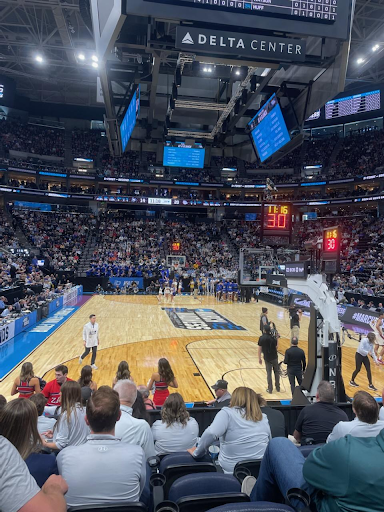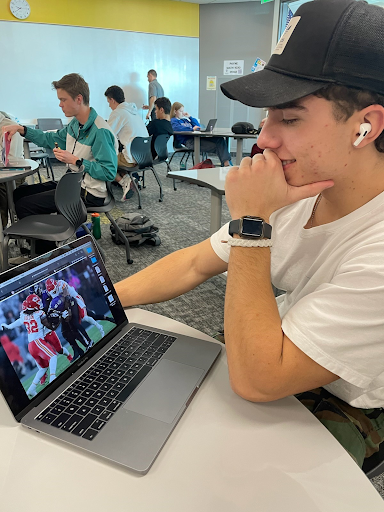The End of the Road for High School Sports, What’s The Next Step?
May 18, 2022
As the year is wrapping up, so are high school sports. For most, this is the end of the road in their athletic campaign. Only seven percent of high school athletes will play in college (about 1 in 13) go on to play a varsity sport in college and less than two percent of high school athletes (1 in 57) go on to play at NCAA Division I schools. That is not very many at all. To my knowledge, most athletes want to play at the next level after high school.
“It was always my dream to compete in college,” senior, Marianne Barber, said.
What makes the difference for those that have the opportunity? Is it the amount of hours they practice, the skill in their craft, or natural talent?
For some, no matter the work they put in, they can’t hit the standards of coaches. Even before getting on a team, you need to meet the academic standards that the NCAA has set for high school athletes. Those standards are: graduate from high school, complete a minimum of 16 core courses for Division I or II, earn a minimum required grade-point average in core courses, earn a qualifying test score on either the ACT or SAT, and request final amateurism certification from the NCAA Eligibility Center. Some can’t pay for this since it costs $90 just to register! Just to send your transcripts to coaches is $15, and most athletes will send them to several coaches. This can rack up to a couple hundred dollars.
“I had to send my transcripts to nine different coaches just to get noticed. I would have rather not paid so much, but I can’t complain because I will play at the Division I level for the University of the Incarnate,” senior, Abe Ashby, said.
In the end, the cost, time, and effort athletes put in just to get recruited is a lot. Some come out unsuccessful. The others can live out their dreams of competing at the next level.











